

Middleton by Wirksworth
Middleton lies just a mile north of Wirksworth, with parts of the village reaching over 1,000 feet above sea level. Its industrial heritage is deeply woven into the fabric of the landscape, shaped by centuries of lead mining and limestone quarrying.
The main street has been described as having ‘something of the character of a Cornish village, with stone cottages jutting out into the road as it climbs the hillside’. Side streets and alleys follow suit, full of charm and variety in the higgledy-piggledy placement of cottages clinging to the slope. A walk up Water Lane leads you to Middleton Moor, where you’ll be rewarded with a far-reaching panorama that takes in Riber Castle, Crich Stand, Bolehill, Alport Height, and several gritstone edges to the north. DH Lawrence lived on the village outskirts in 1918–19, and wrote of how ‘from the height it is very beautiful’, recalling walks to the ‘bare top of the hills’.
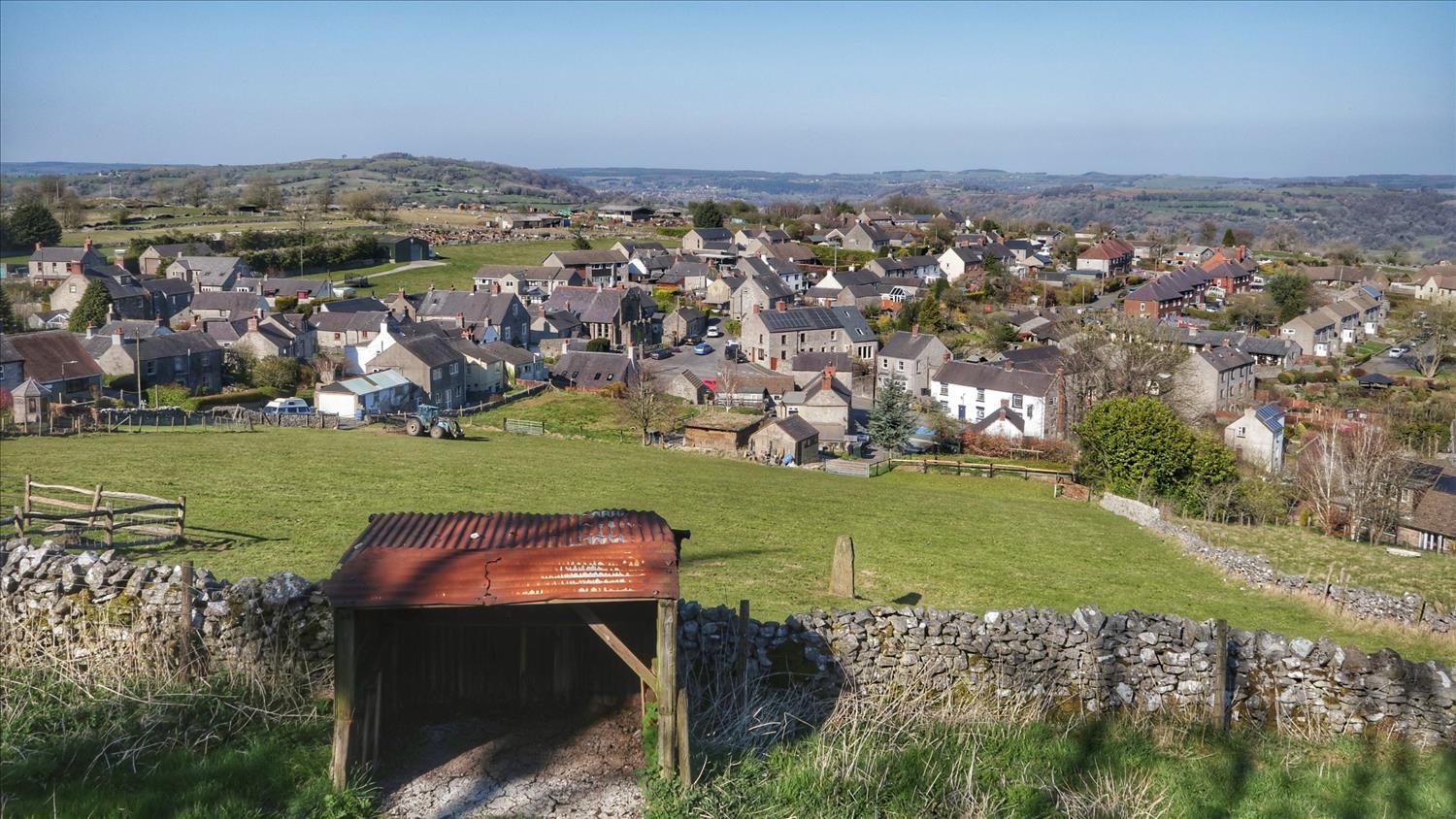
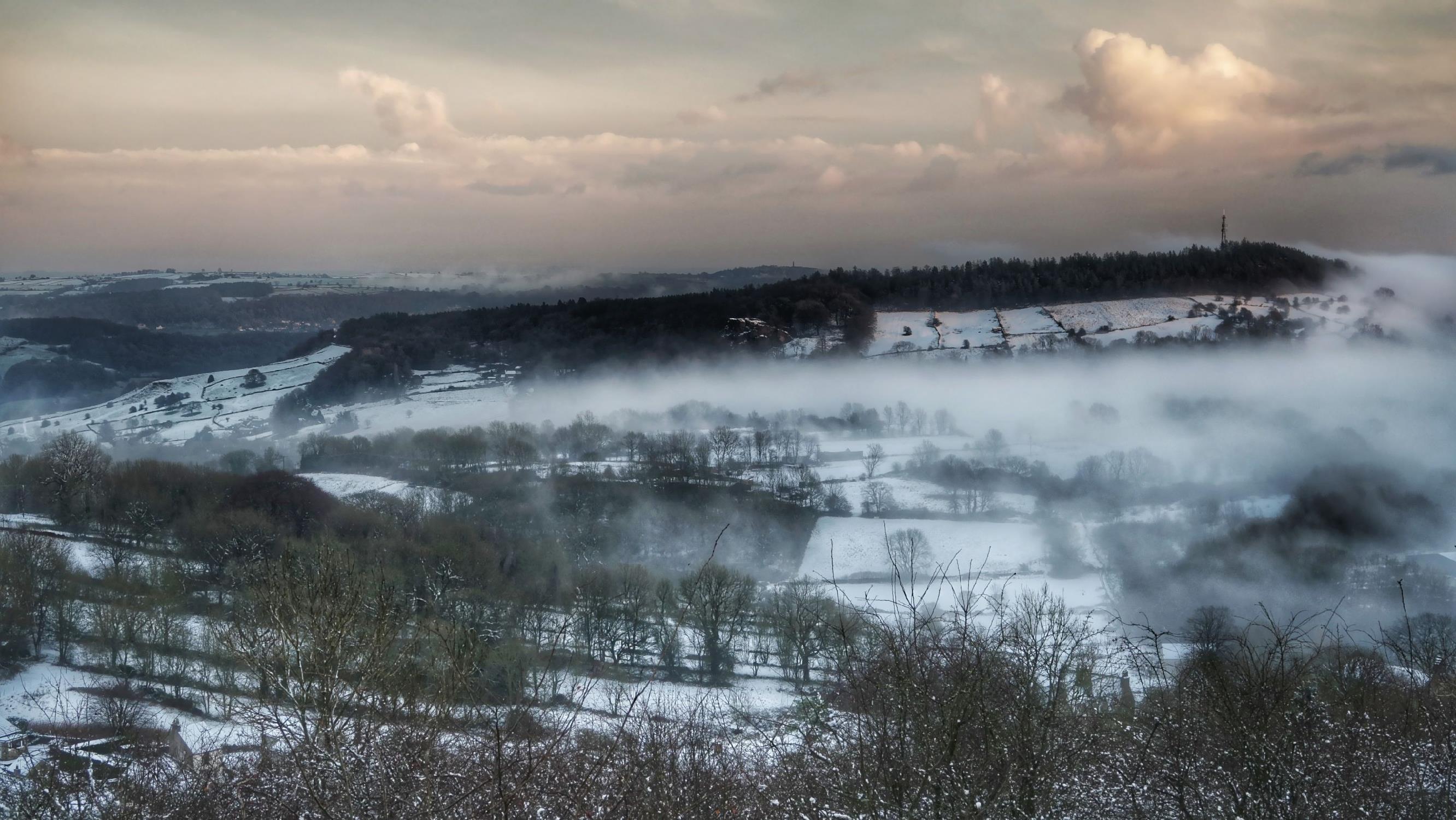
Middleton was first recorded in the Domesday Book as Middeltune. Founded in Saxon times, the name means Middle Farm, and by 1297 it had acquired the suffix ‘juxta Wyrkesworth’ (by Wirksworth). The medieval core of the village, combined with the layers added during centuries of mining and quarrying, has led to its designation as a conservation area.
Today, Middleton is home to nearly 1,000 residents and has two pubs, one at each end of Main Street. Around a ten-minute walk from Eight The Green, you’ll find The Rising Sun at the lower end of the village. Open daily, it offers home-cooked lunches and dinners, along with quizzes, live music, and other events.
Directly across The Green from the cottage is The Nelson Arms, a traditional free house serving a rotating selection of real ales and acts as the village social hub. Local groups regularly meet here, and it also doubles as a part-time Post Office. While it doesn’t serve food, visiting vans like Bella Mia Wood-Fired Pizza (every second Friday) set up nearby in the public car park. On Tuesday mornings, Middleton is visited by Refills On The Road, Derbyshire’s first mobile zero-waste shop. Selling food, toiletries, and household goods, it’s a great resource if you remember to bring your own containers.
To see what’s on during your stay, check the Village Pump newsletter, the notice board in the bus shelter on The Green, or the Middleton Events Facebook page. Regular activities include film nights at the village hall and a monthly Sunday group walk. There are also running and cycling groups open to visitors keen to join in.
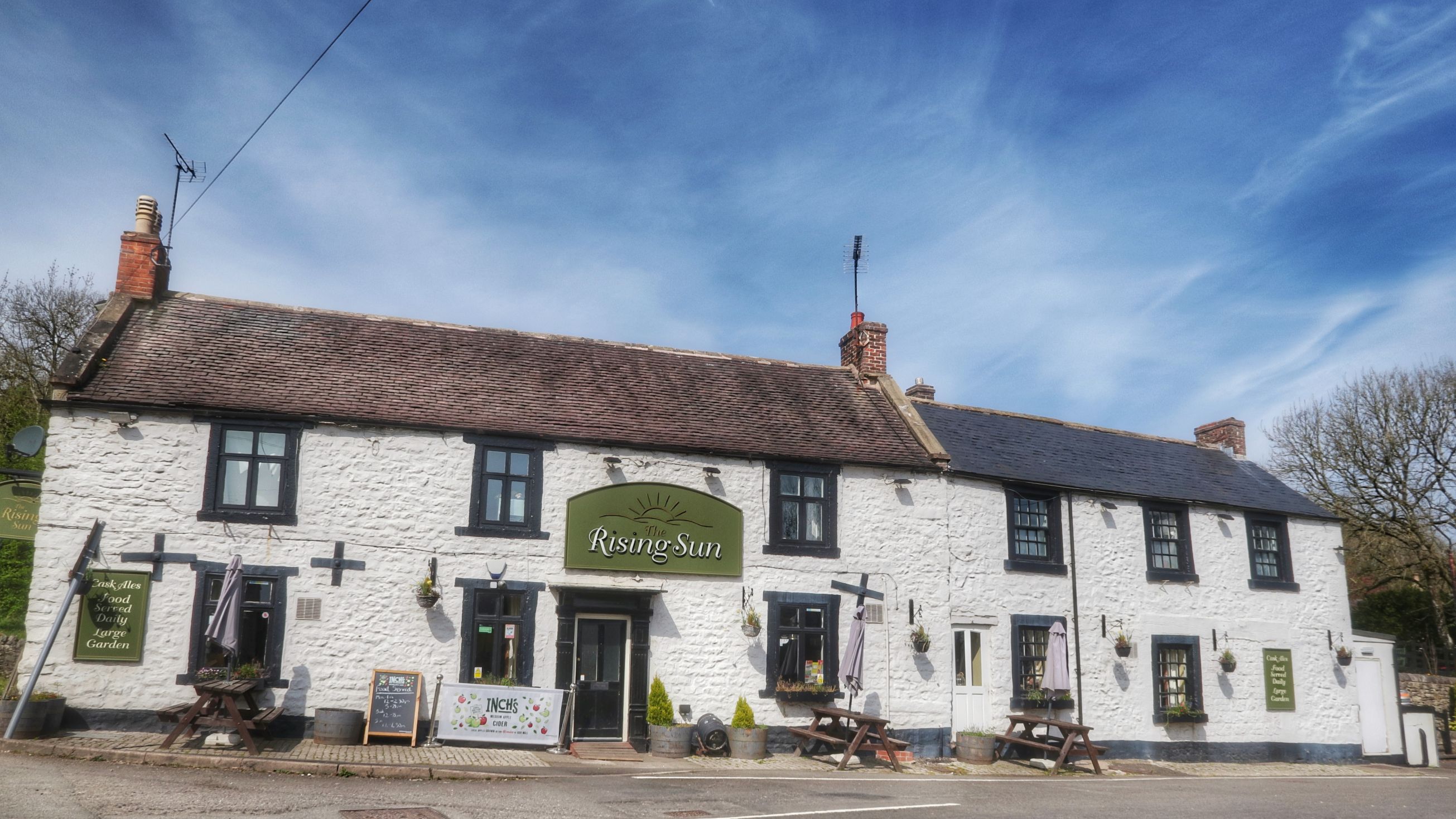

Middleton’s connection to lead mining dates back to the Bronze Age, but it was quarrying that became the village’s dominant industry. While high-quality limestone was first extracted here during Roman times, intensive activity didn’t begin until the late 19th century. You can explore this industrial heritage at the nearby National Stone Centre, set on a 40-acre SSSI site and open year-round. There are outdoor fossil trails, geo walks, and picnic and play areas, plus a visitor centre with a café, shop, and exhibition space. For those keen to get hands-on, the centre also runs courses in dry stone walling and stone carving.
Next door, the Derbyshire Eco Centre serves as the county’s hub for sustainability learning. As the first of its kind in the UK, it offers practical courses designed to support low-carbon living and sustainable skills, helping visitors and locals alike explore more environmentally conscious ways of life.
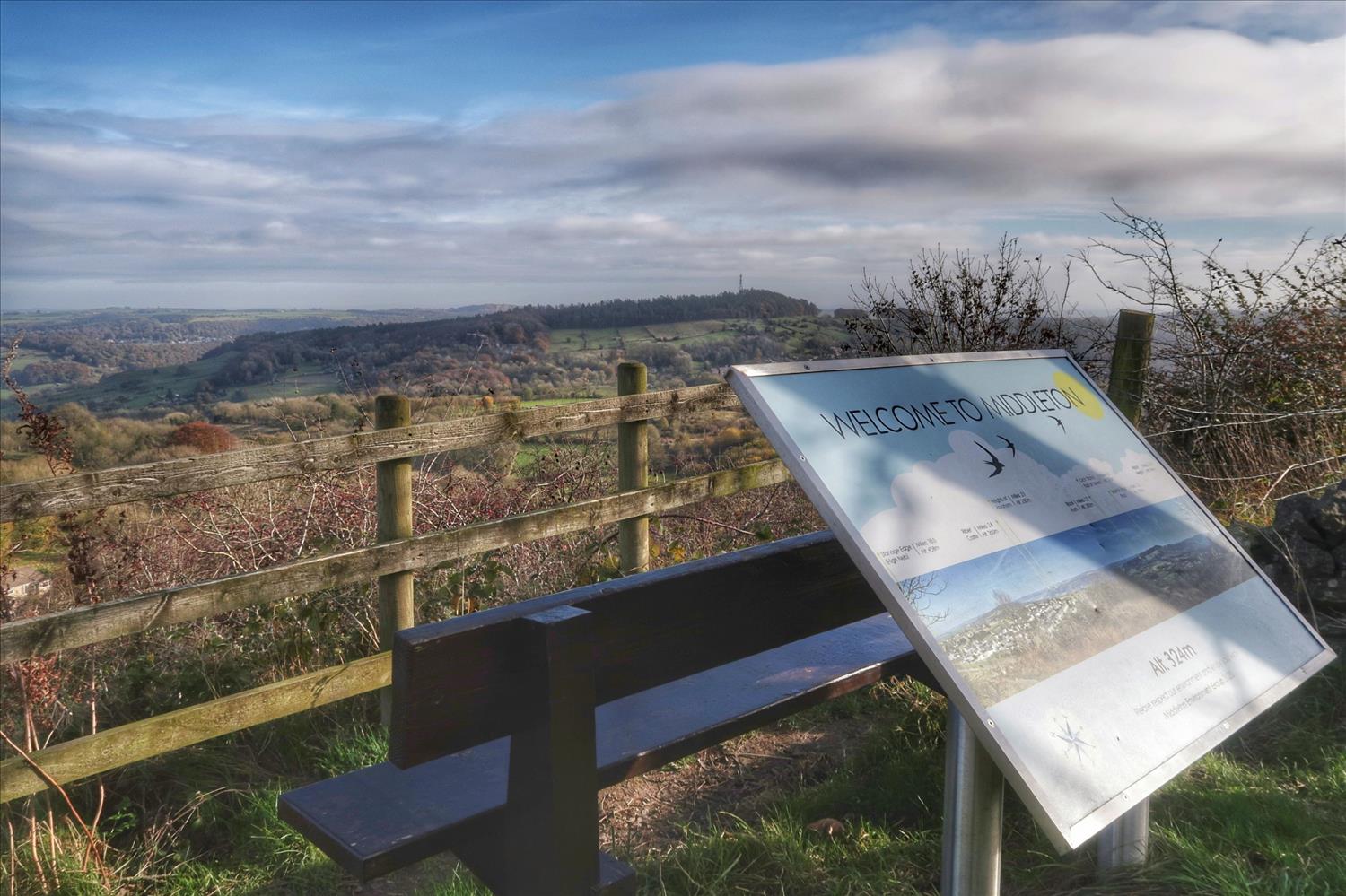
.jpeg)
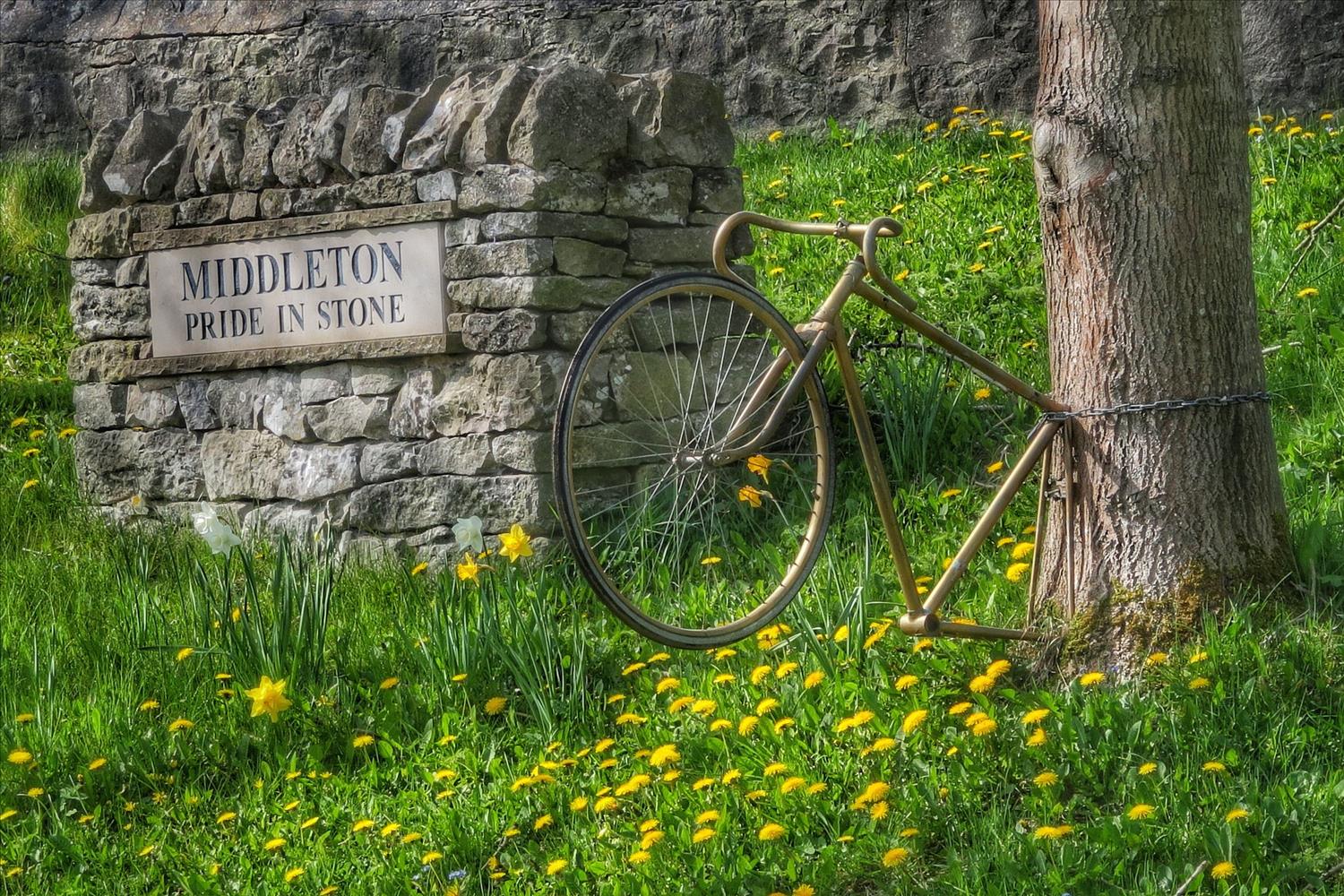
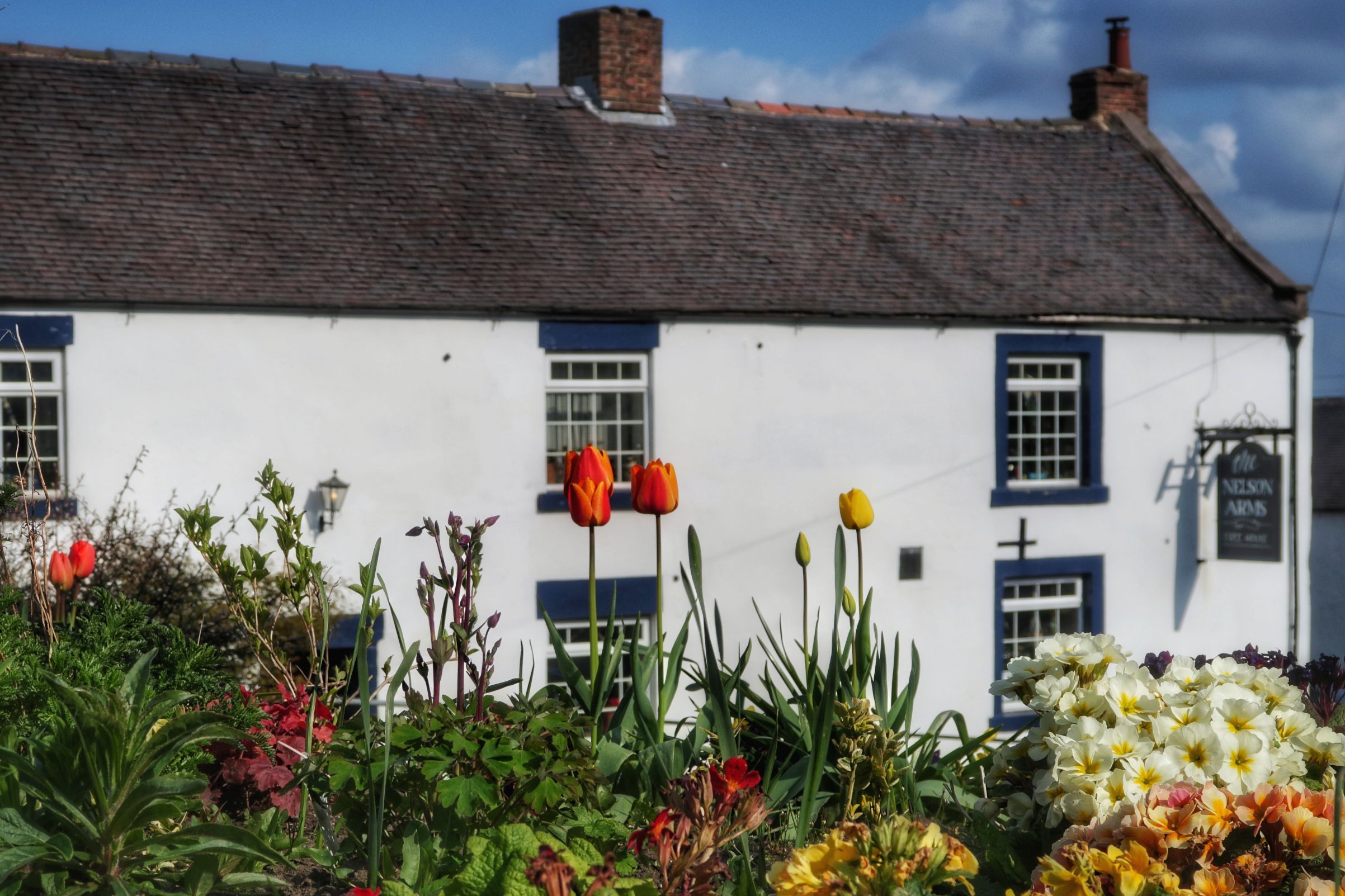
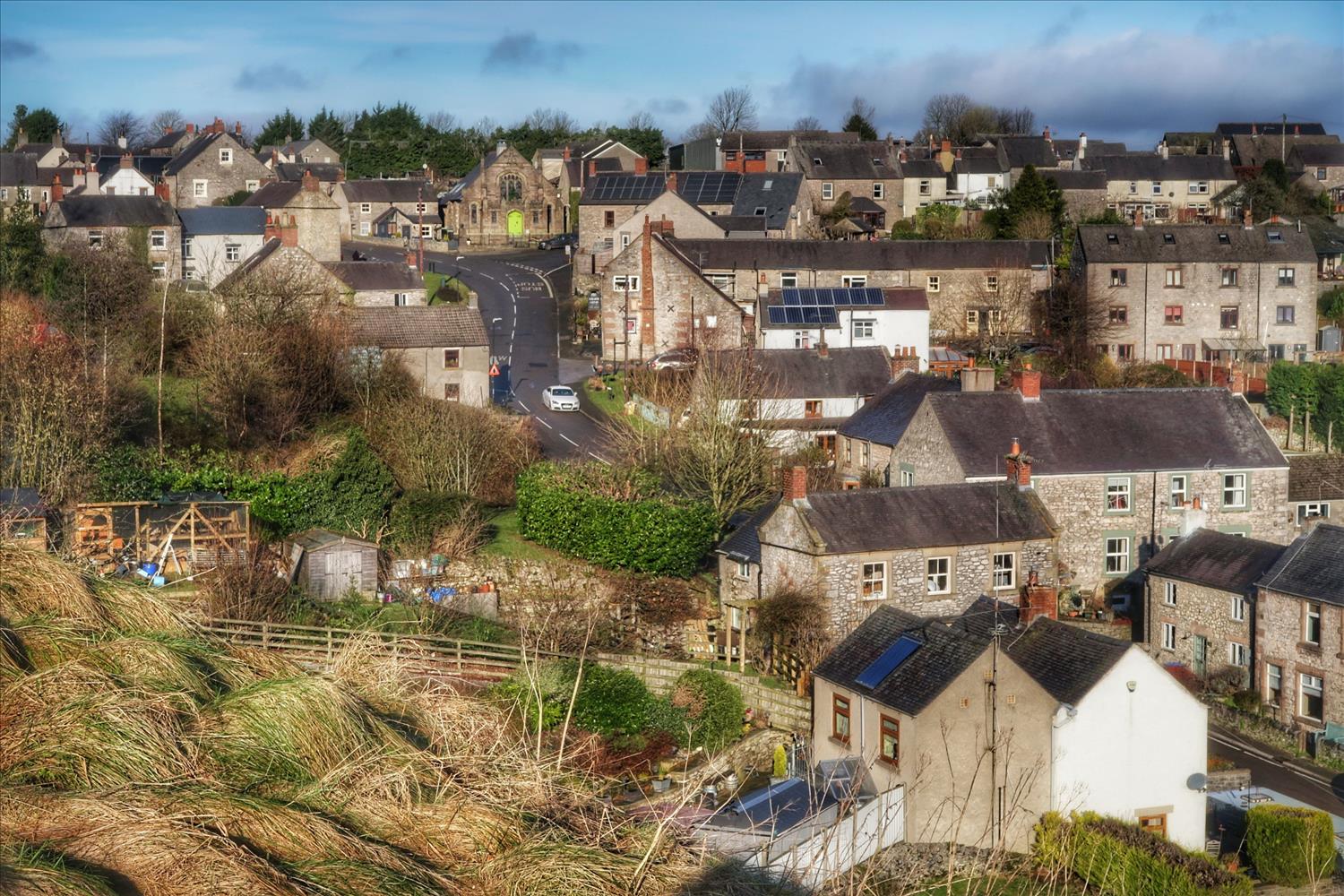
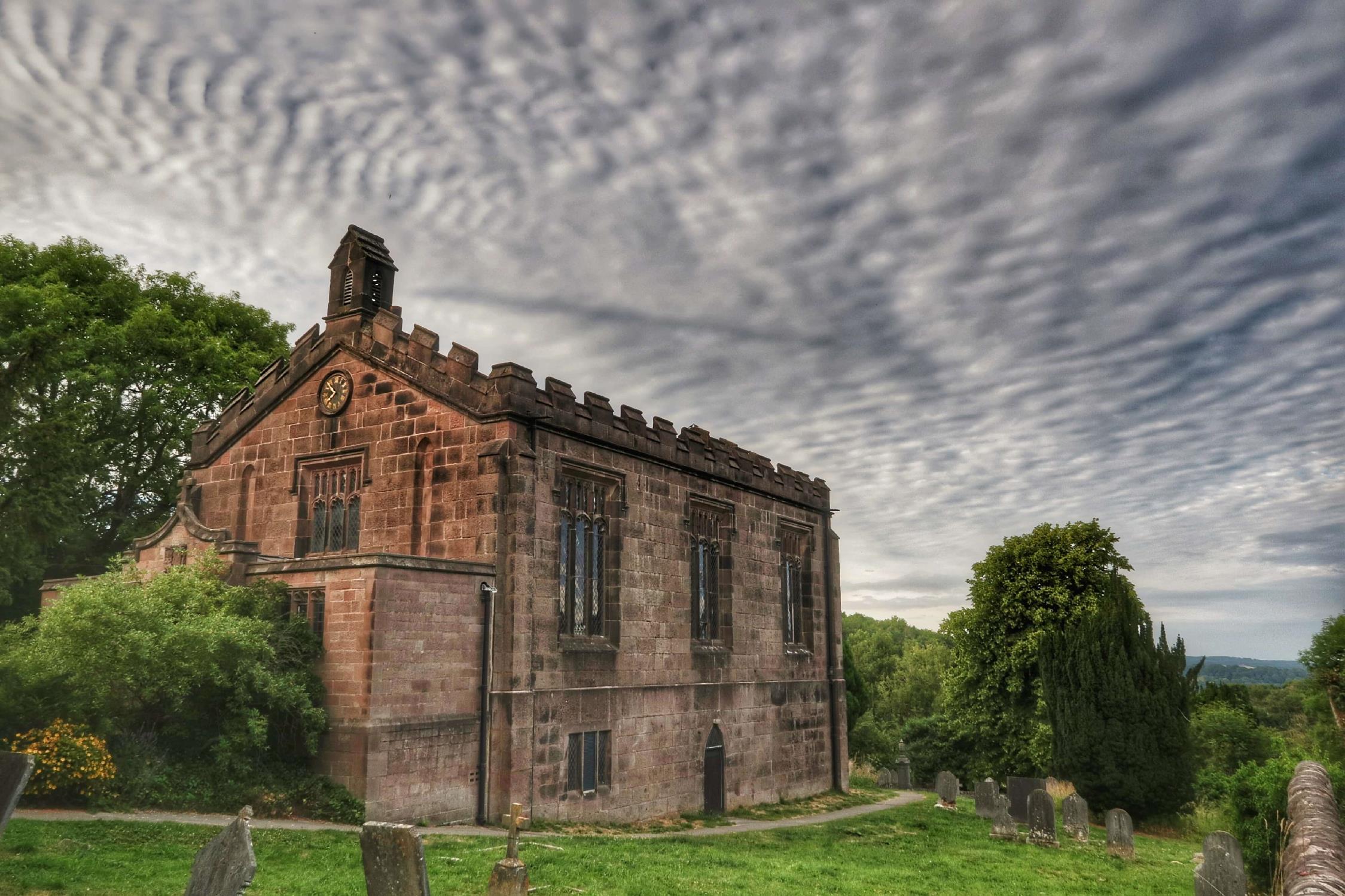
Middleton is defined by its rugged landscape, perched at the foot of Middleton Moor high above Wirksworth. The moor rises to 358 metres and marks the south-eastern edge of the limestone plateau that shapes much of Derbyshire’s upland scenery, often referred to as the White Peak. From Eight The Green, superb walking routes fan out in all directions, with options to suit all abilities and plenty of opportunities to explore the surrounding Derbyshire Dales.
The former Cromford and High Peak Railway once ran close to the village. Constructed over five years and opened in 1830, it was primarily used to carry heavy minerals from the Cromford Canal to the Peak Forest Canal. Today, the disused railway line has been transformed into the High Peak Trail, a 17-mile traffic-free route enjoyed by walkers, cyclists, and horse riders. It stretches from High Peak Junction near Cromford to Dowlow, just southeast of Buxton.
Just a 15-minute walk across the moor from Eight The Green is Middleton Top Countryside Centre. Here, you’ll find a visitor centre, gift and refreshment shop, cycle hire, toilets, picnic area, and parking. The site also includes a restored octagonal engine house, once home to the powerful steam engine that hauled trains up the steep Middleton Incline until the line closed in 1963.
.jpg)
The High Peak Trail connects with several other long-distance routes, including the Tissington Trail, Limestone Way, White Peak Loop, and Pennine Bridleway, making Middleton an ideal base for extended walking or cycling adventures.
Middleton’s village quarries were once linked to the Cromford and High Peak Railway by a short branch line, part of which now forms the track bed of the Steeple Grange Light Railway. This volunteer-run 18-inch gauge railway is powered by former industrial diesel, petrol, and battery-electric locomotives. Passengers ride in repurposed underground manriders once used to transport miners, enjoying a distinctive 25-minute round trip through dramatic limestone cuttings. Trains run on Sundays and bank holidays, though it’s always best to check ahead before visiting.
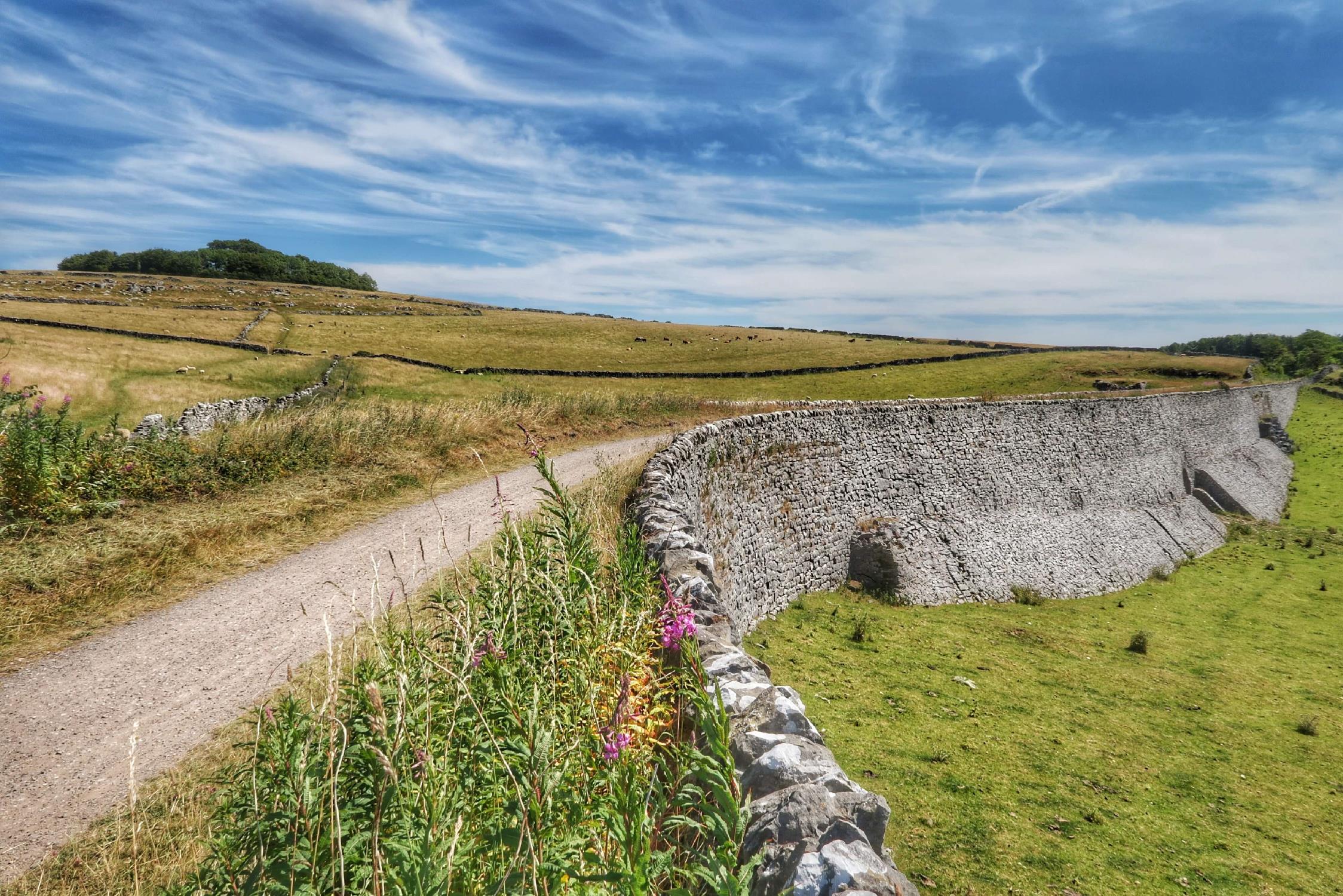
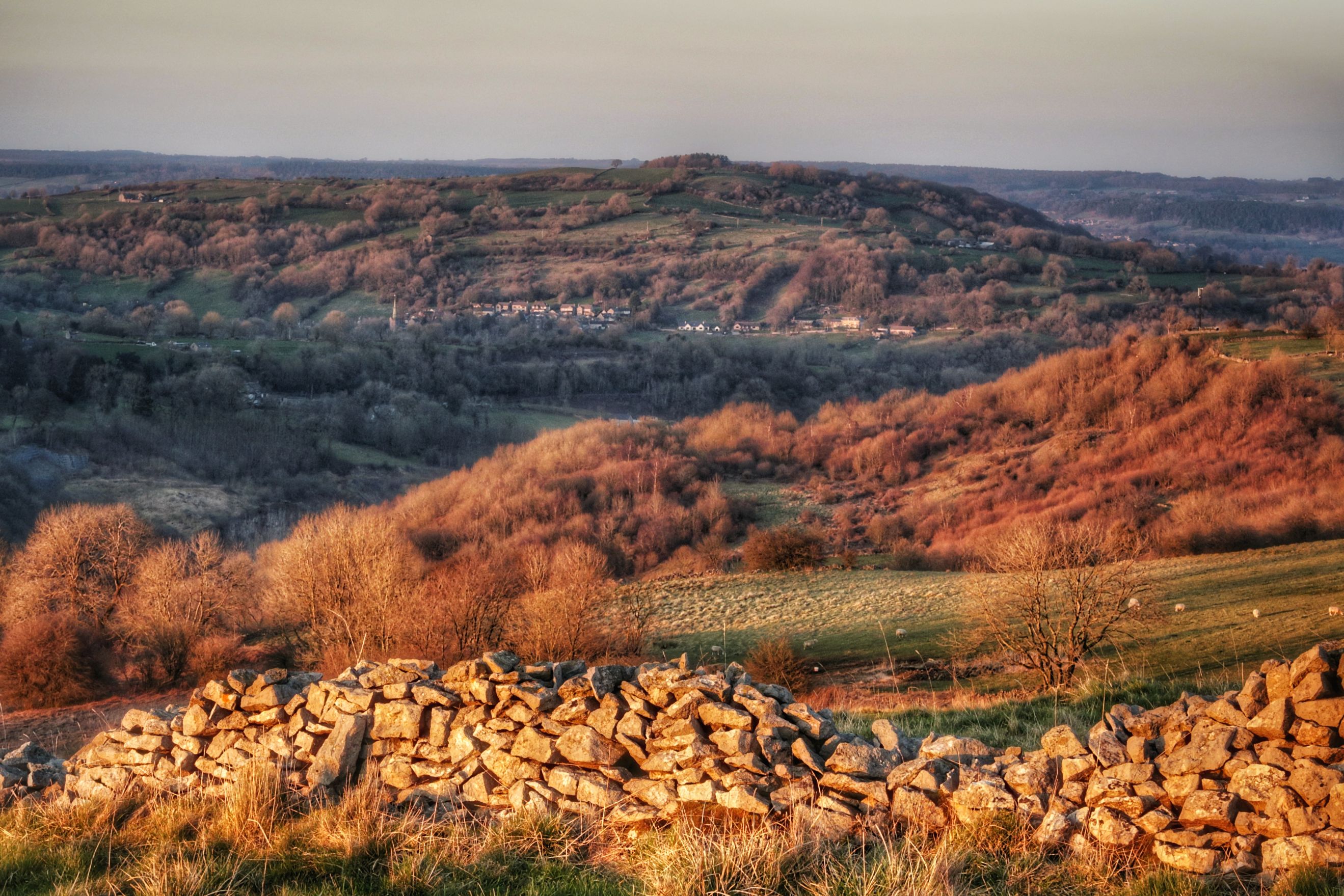
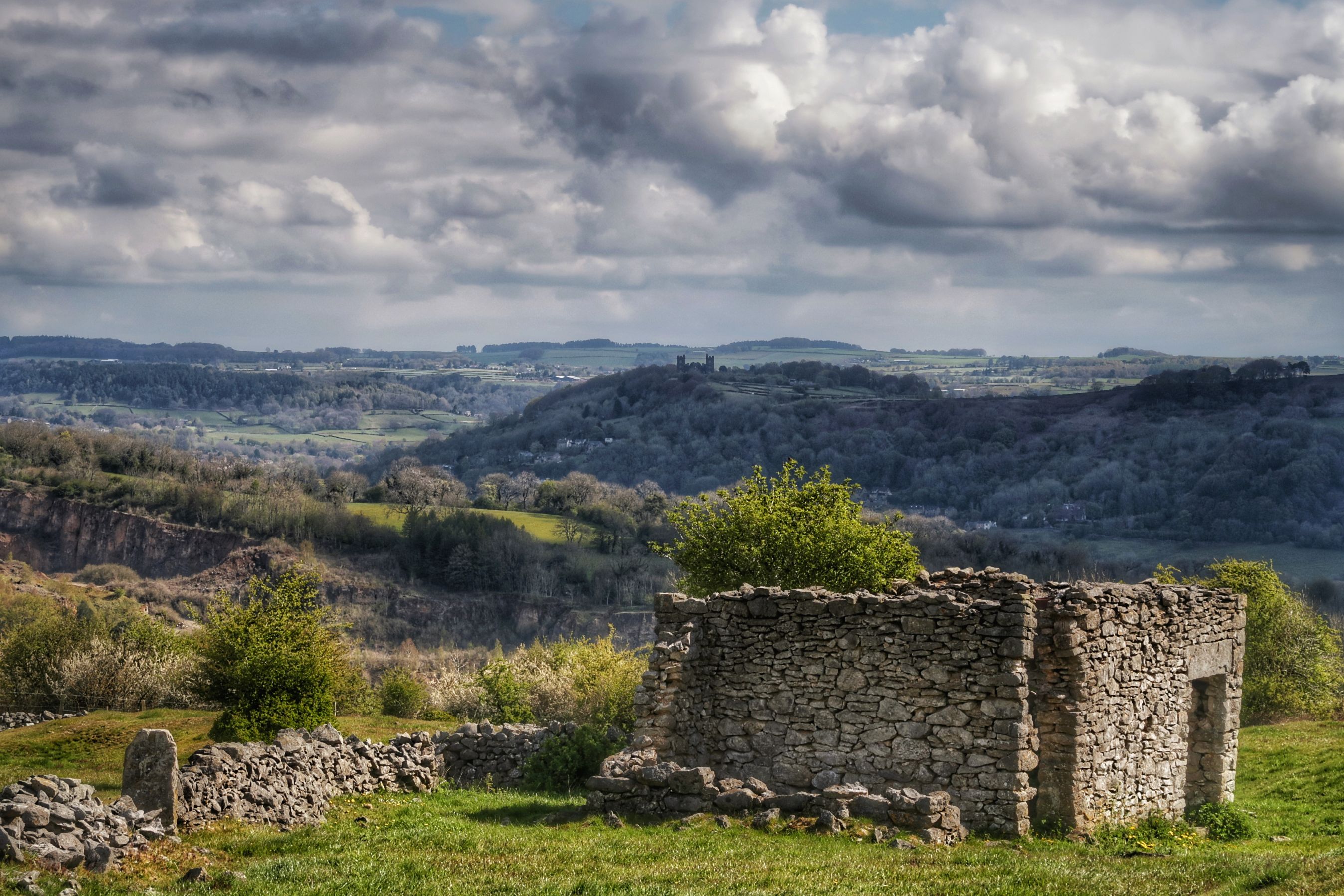
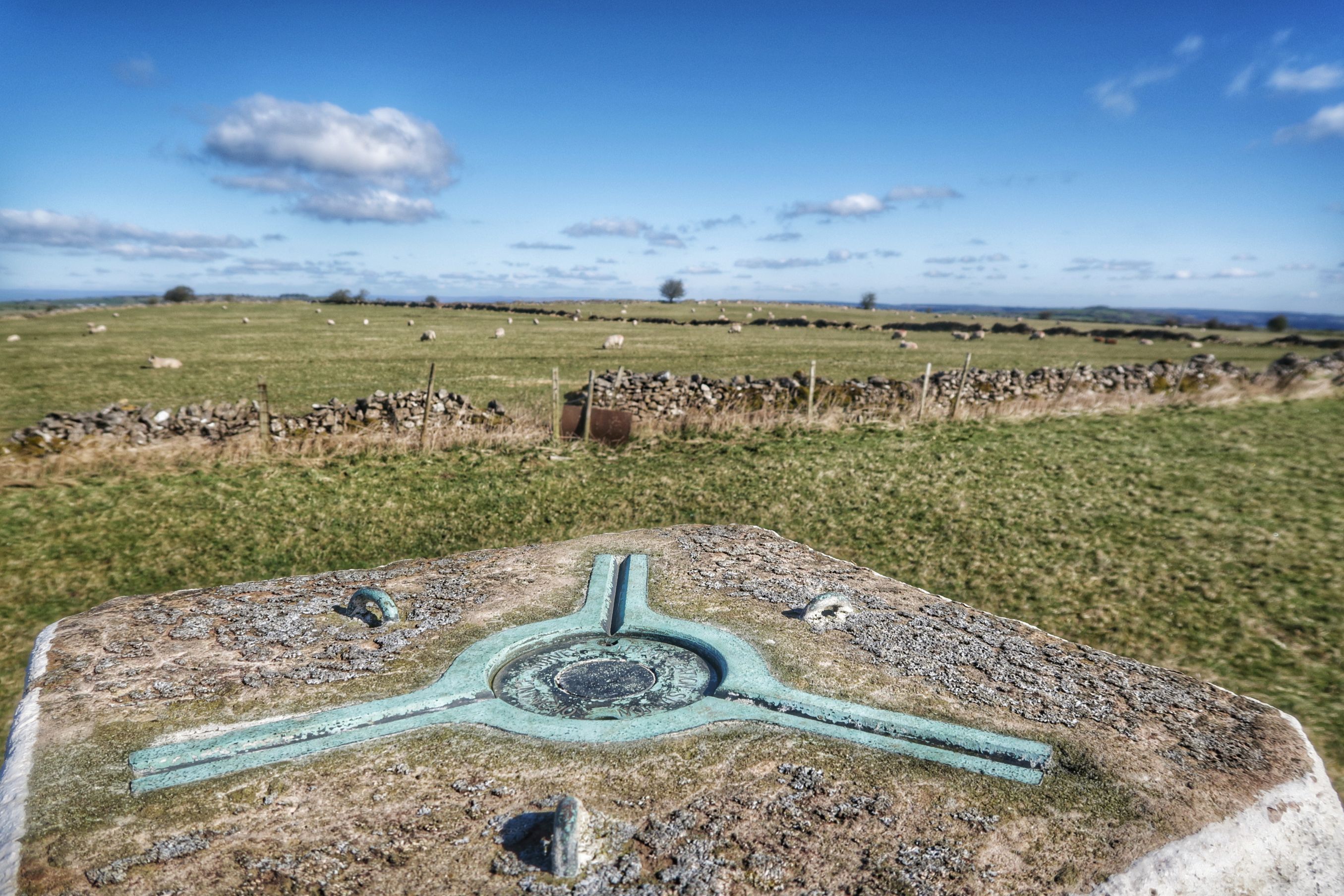
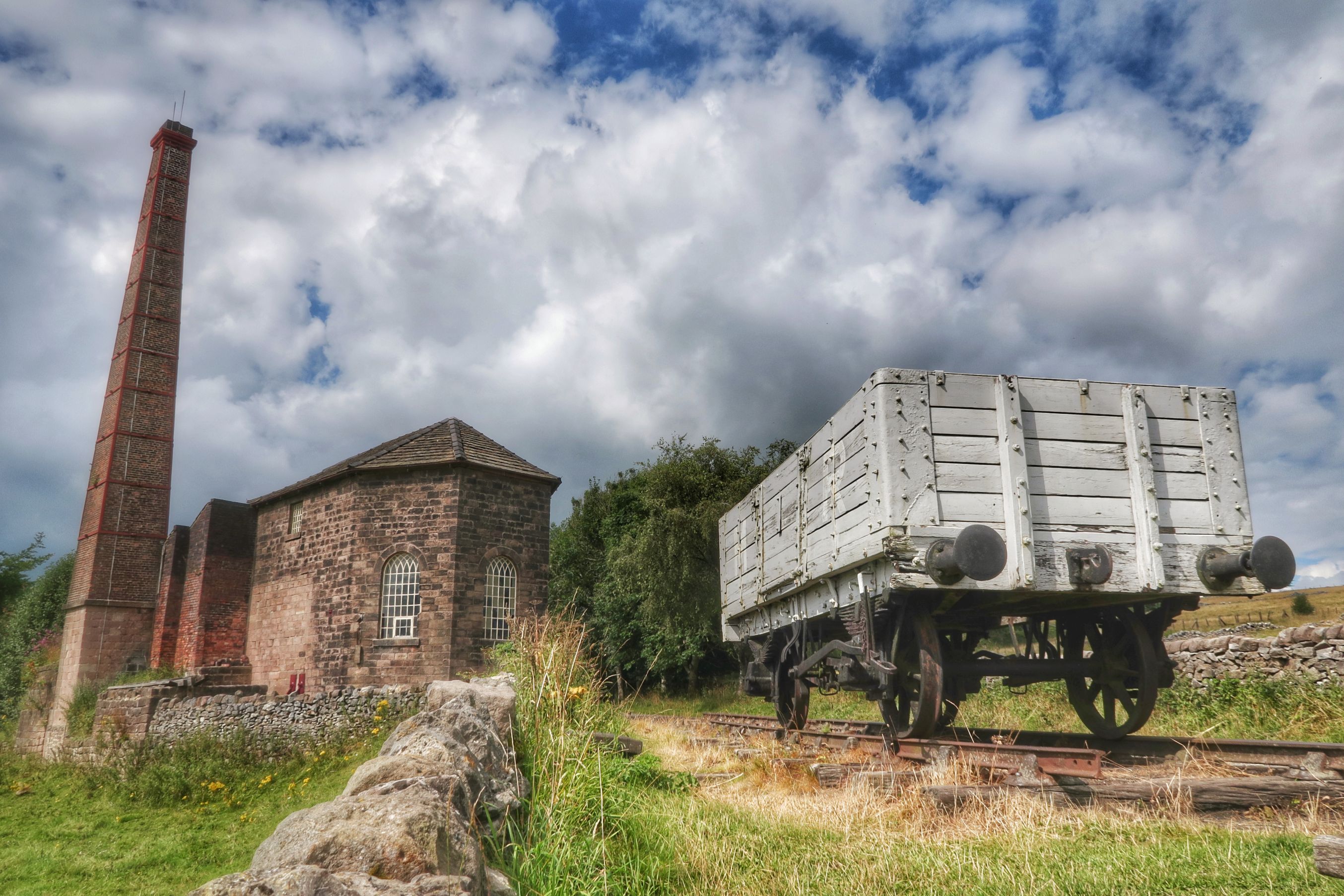
.jpg)